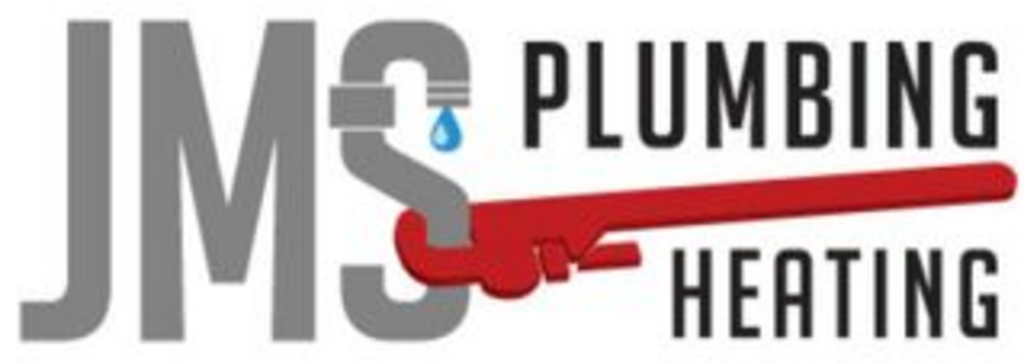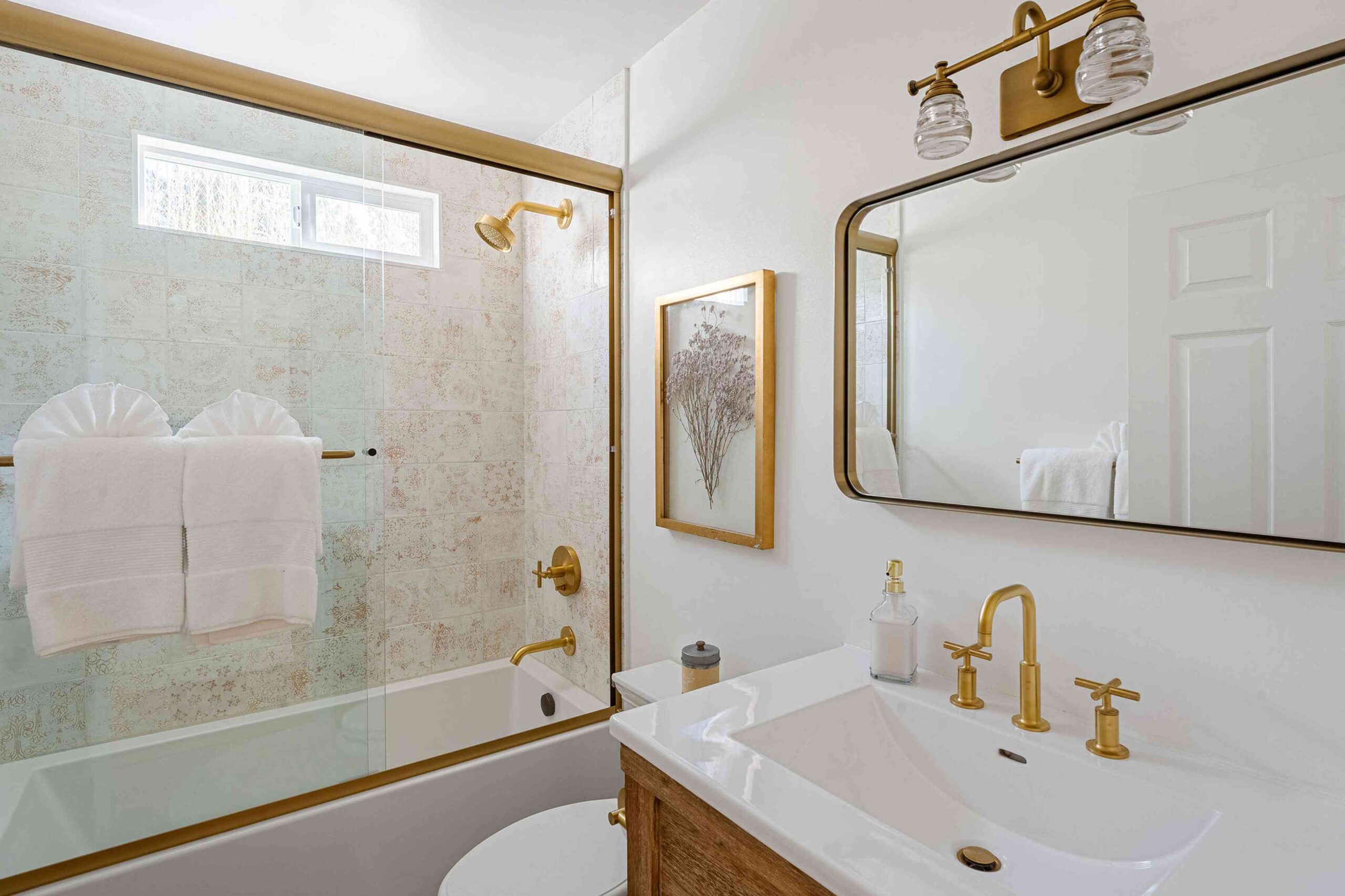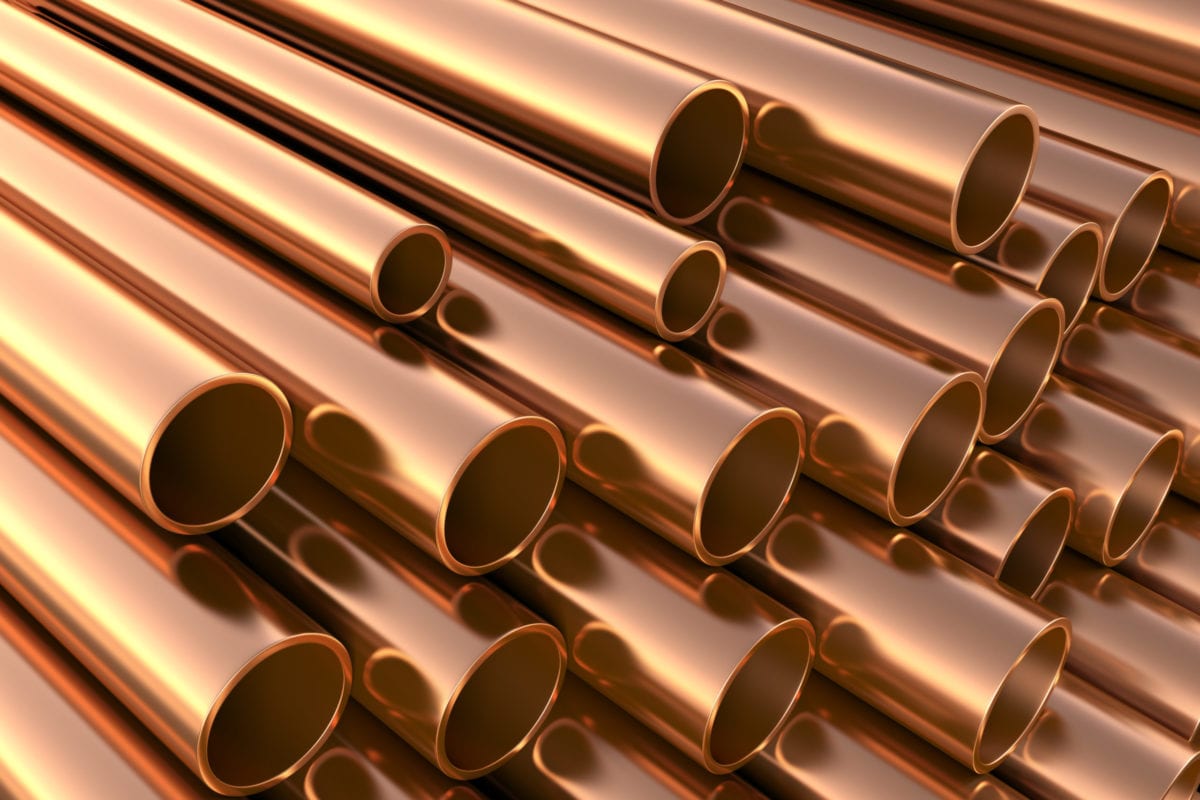Depending on the age of your home, you will be working with one of the following pipe materials: plastic PVC (ABS or CPVC), copper, galvanized iron, or cast iron.
If plumbing is part of your bathroom renovation plans, now is the time to replace old plumbing with new. This would avoid the difficulty and expenditures that a bathroom plumbing problem could cause in the future.
Bathroom renovation cost, tools, materials, time commitment, and project complexity will be decided not only by the extent of your bathroom remodel, but also by the type of pipe used in plumbing.
Plastic Tubing 🛁
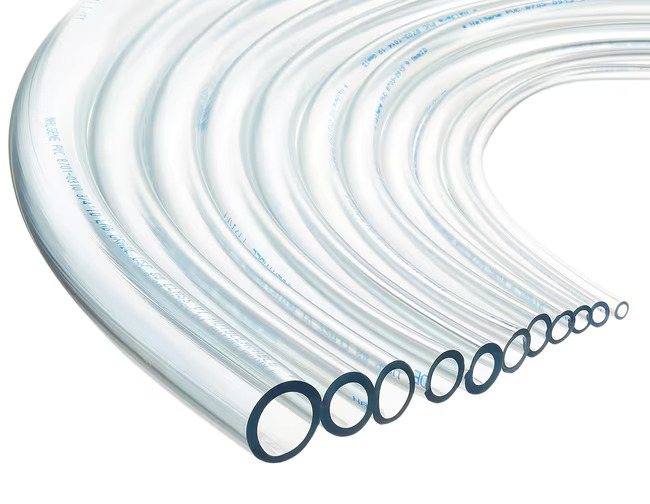
Plastic pipe is widely used in household plumbing because it is lightweight, affordable, and simple to install. Available in PVC, ABS, PE, and CPVC. There is also PB, but its use is prohibited in many local codes.
Plastic pipe is available in rigid and flexible forms. PVC pipe is more resistant to chemical damage and heat than ABS pipe and meets all plumbing code standards for above-ground use. CPVC can withstand the high temperatures and pressures of water supply systems.
Plastic Pipe Can Be Used For The Following Things:
ABS or PVC pipe with a drain-waste-vent (DWV) NSF rating; use for sink traps and as a plastic drain pipe for bathroom sink plumbing.
CPVC pipe has a PW rating as a plastic water pipe for bathroom plumbing fixture water supply lines.
Pipe type and grade ratings are marked on each pipe for easy identification. Please keep in mind that the use of ABS is prohibited in some local plumbing codes.
Before commencing any plumbing-related renovation job, consult a licensed plumbing contractor, certified building inspector, or local residential plumbing code requirements.
Copper Tubing 🚽
The greatest material is available for water supply pipes. Available in rigid and flexible pipe; chromed copper is also available and is a popular choice for exposed regions. Copper pipe is resistant to corrosion, and sweat-soldered joints are long-lasting.
Rigid copper pipe is permitted for household water supply systems by all local codes and is available in three wall thicknesses:
Type M – thin and affordable; a suitable choice for do-it-yourself bathroom plumbing renovations.
Type L – robust, easily soldered; favored choice of the home renovation contractor looking for high-quality bathroom plumbing.
Type K has the thickest wall thickness of any copper pipe used in plumbing; it is most commonly used for subterranean water service lines.
Types L and K of flexible copper tubing have different wall thicknesses.
Although permitted for most domestic water supply systems, type L is mostly utilized for gas service lines.
DWV copper pipe is utilized in drain systems but is rarely used because most codes allow low-cost plastic DWV pipe.
Galvanized Iron Pipe 🚿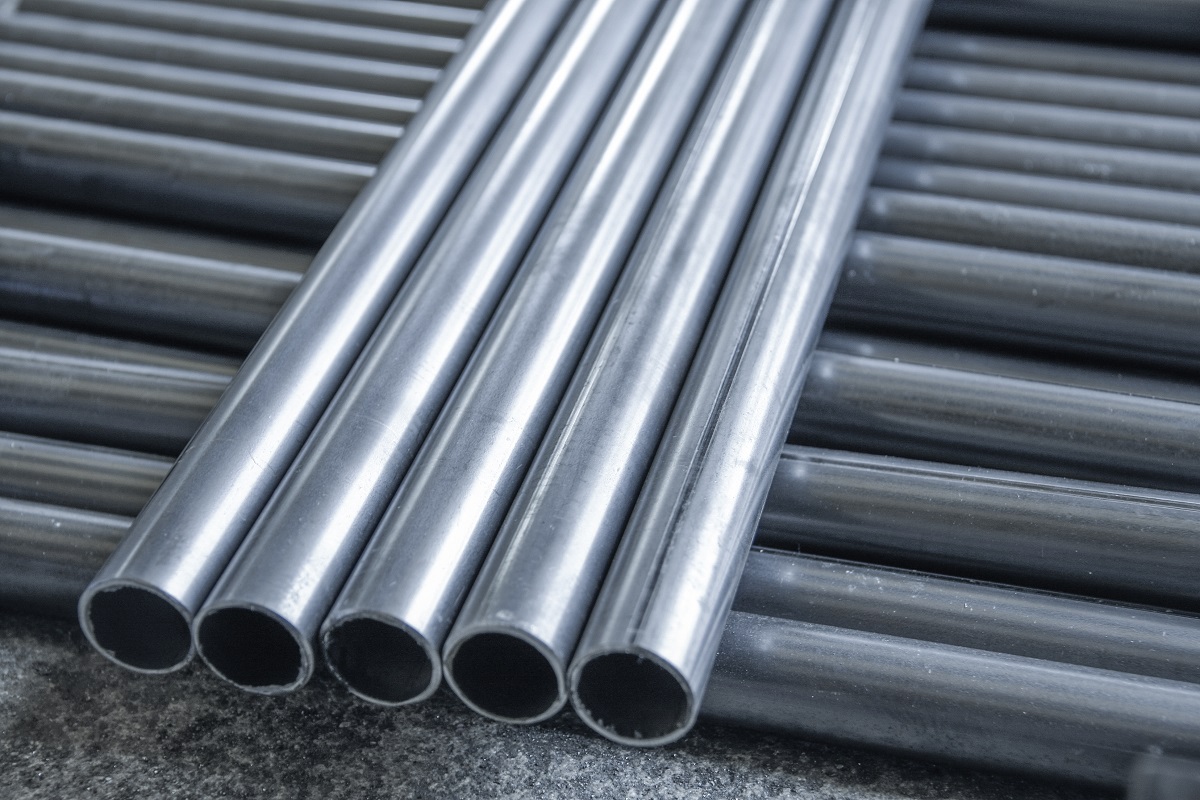
A zinc coating and iron pipe thread fittings distinguish this type of water supply and small drain line pipes found in older homes.
Iron pipe is tough but difficult to cut; it corrodes over time and must be replaced. Low water pressure is frequently an indication of rust buildup inside the pipe.
Old galvanized iron pipe systems can be difficult to work with and are not recommended for new bathroom renovations. These types of bathroom plumbing repairs and alterations are best left to a plumbing contractor.
Cast Iron Pipe 🚰
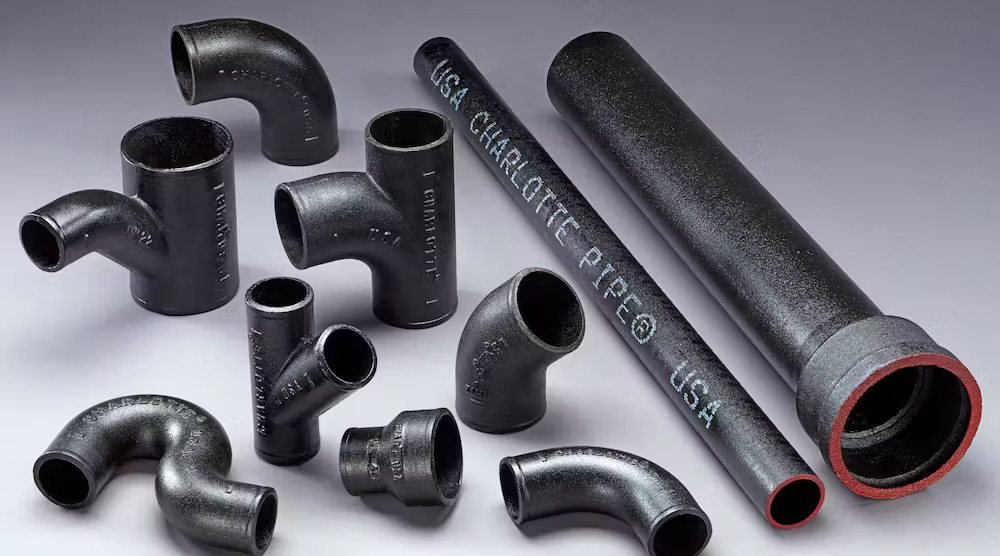
Rarely used in new bathroom plumbing, the cast iron pipe can be identified by its dark color and rough surface. It is strong but difficult to cut and fit together. Hubbed fittings can develop leaks, and pipes can rust through.
When the plumbing code book allows, plastic pipe replacements should be made. To connect the new plastic pipe to the existing cast iron, use a banded coupling. Cast iron pipe repair is another bathroom renovation project best left in the hands of a reliable bathroom remodeling contractor.
We hope you found this info on bathroom plumbing material options useful. If you’re experiencing plumbing issues or need help deciding the ideal pipe system for your bathroom, reach out to our team to schedule your appointment.
Contact us here, or give us a call at (603) 661-7632.
